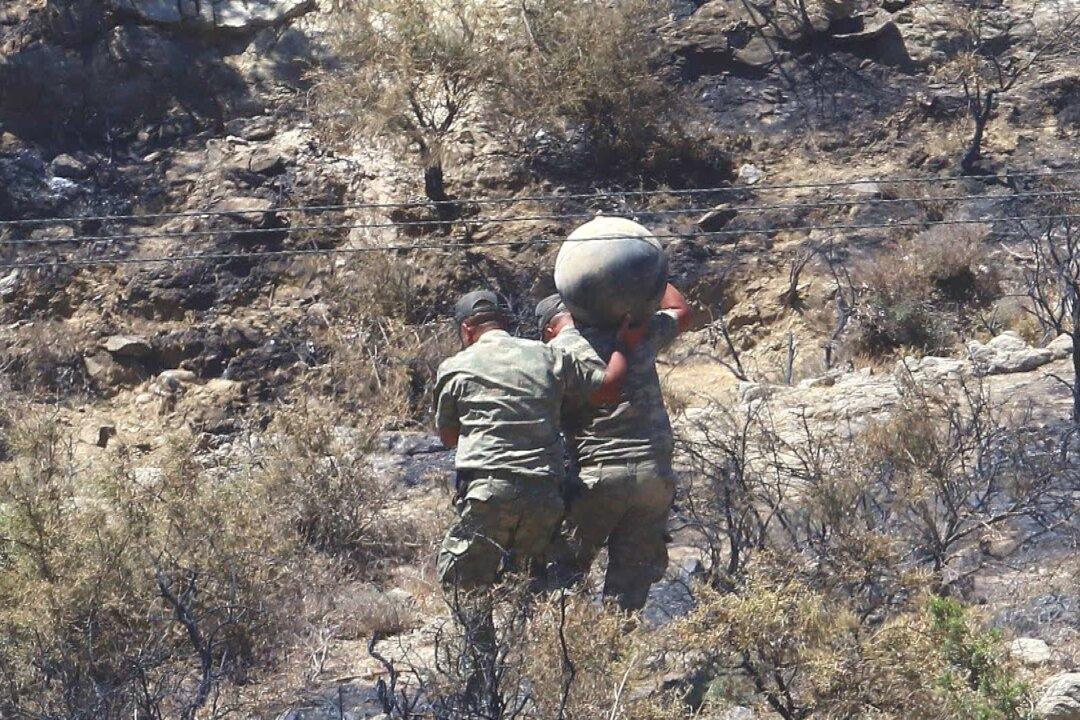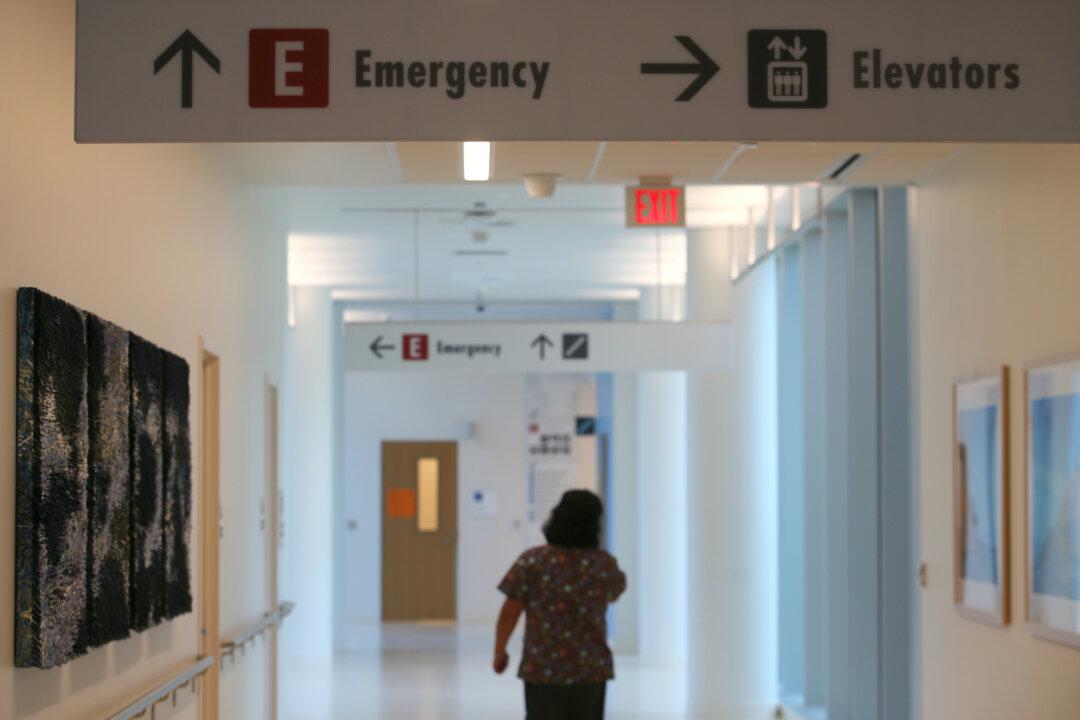NICOSIA—An errant missile struck Cyprus early on Monday, July 1, skimming the densely populated capital Nicosia and crashing on a mountainside in what officials said could have been a spillover of an Israeli strike on Syria and a counter-response.
The explosion occurred around 1 a.m. in the region of Tashkent, also known as Vouno, some 12 miles (20 km) northeast of Nicosia, with the impact setting hills ablaze and heard for miles around. There were no casualties.





